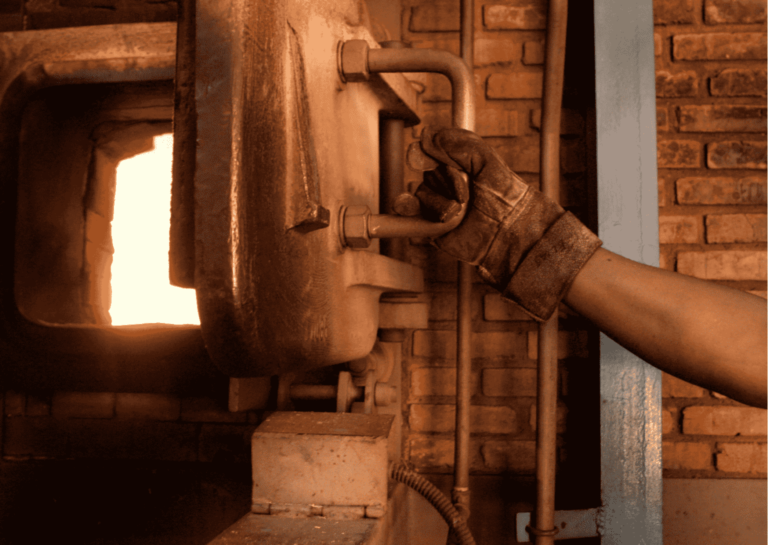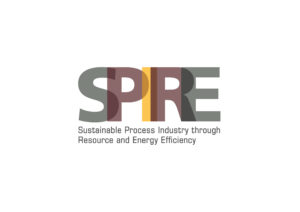Design and drawings of the new O2 injector and delacquering drum

The objective of RETROFEED project in aluminum industry is to increase the amount of scrap aluminum in the melting furnace from 37.8% to 48% in order to save energy. This will decrease the CO2 emission and, therefore, the carbon footprint of the process. For this reason, retrofitting solutions in ASAS demo site are focused on the oxygen injector system, the new burner head and the delacquering drum system.
At this moment, both the oxygen injector system and the delacquering drum system have been designed by STEK. For the design of the new oxygen injector system, STEK has used as input the CFD analysis conducted by IEN, selecting the more appropriate oxygen injector lance design among several. Meanwhile, the delacquering drum system designed by STEK consists of bunker, loading conveyor, cyclone, after burner, rotary delacquering furnace and vibration conveyor. Both new systems will allow for a better burn and lower carbon emission for the melting furnace and an increase of the amount of contaminated scrap aluminium allowed in the furnace, respectively.

Figure.1 Concept design of delacquering drum system
Moreover, lots of test have been performed in order to understand the thermolysis behaviour of different scrap aluminum such as used beverage cans, cream tubes, window frames and coffee capsules. These tests have allowed to increase the knowledge about the optimum thermolysis temperature and holding time for each scrap aluminum and the effects of each type of scrap aluminum and pre-treatment on the dross formation. For example, it has been stated that dross formation is reduced by 60% with helping of the pre-treatment of the window frame and therefore, the amount of high-quality aluminum alloys is increased. This is proof that pre-treatment plays a critical role in producing high-quality aluminum alloys.


